20. Love and Honour (Yoji Yamada, 2006, Japan)
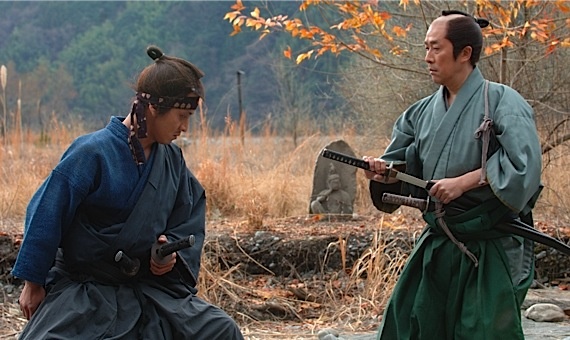
One of Yojiro Takita’s main purposes in this film was to portray the era and its people as realistically as possible, and with the help of cinematographer Mutsuo Naganuma, he succeeded to the fullest.
The cinematography of the movie resonates perfectly with the pace and the general mood Takita wanted to give. At the same time, it provides images of great beauty both in the interiors, as is the case with the practice on the dojo, and outside, with the final battle standing apart.
19. Helter Skelter (Mika Ninagawa, 2012, Japan)
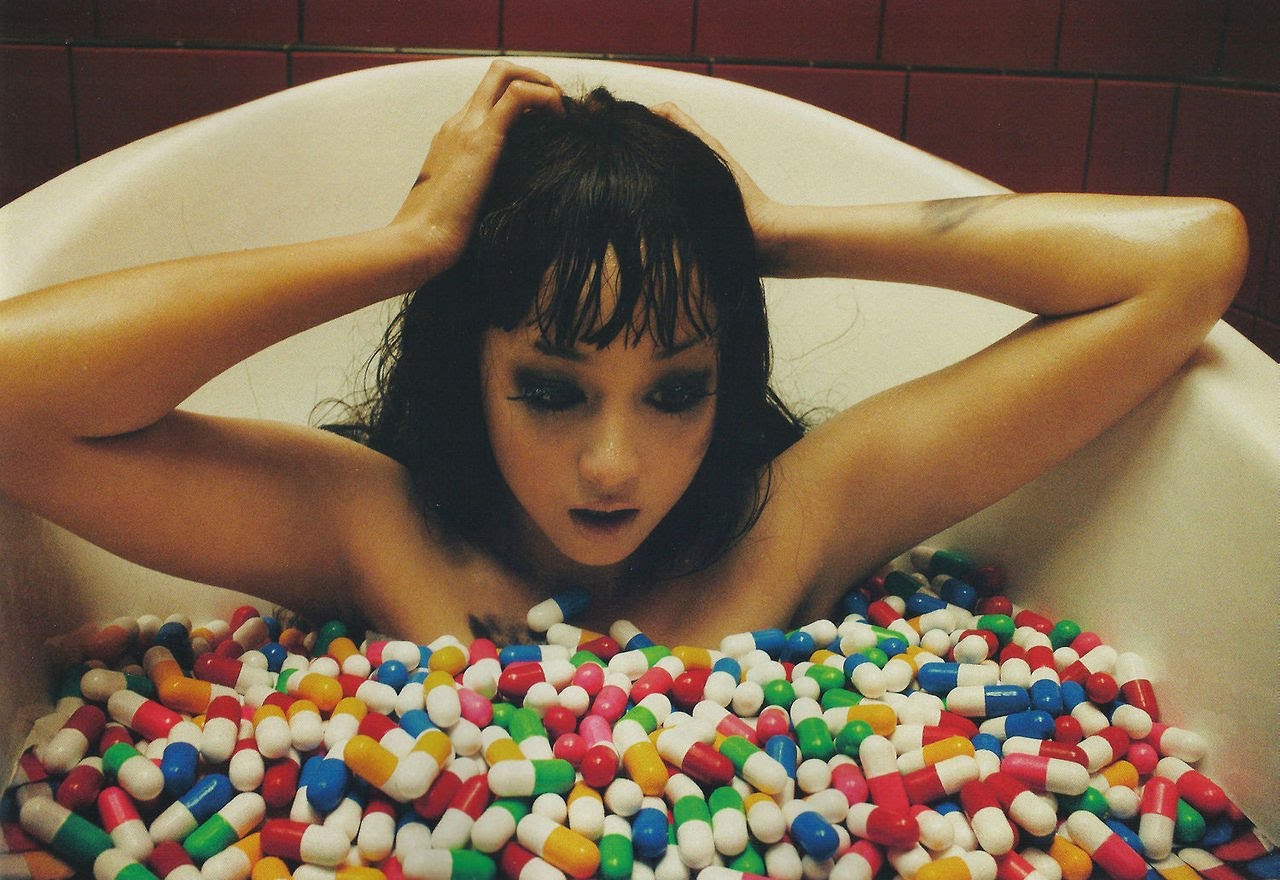
As Mika Ninagawa is primarily a photographer, “Helter Skelter” was destined to feature great cinematography, which was implemented with the help of Daisuke Soma.
The general style of the film’s cinematography is evidently opulent, with Ninagawa using lavish colors throughout the movie, among intricate shot compositions that result in a number of images that look like motley, but at the same time glamorous paintings. Ninagawa seems to have induced each and every frame of the film with her distinct aesthetics, paying attention to every single visual detail.
The result is a film that is stylish to a fault, and a true visual extravaganza.
18. Stray Dogs (Tsai Ming Liang, 2013, Taiwan)
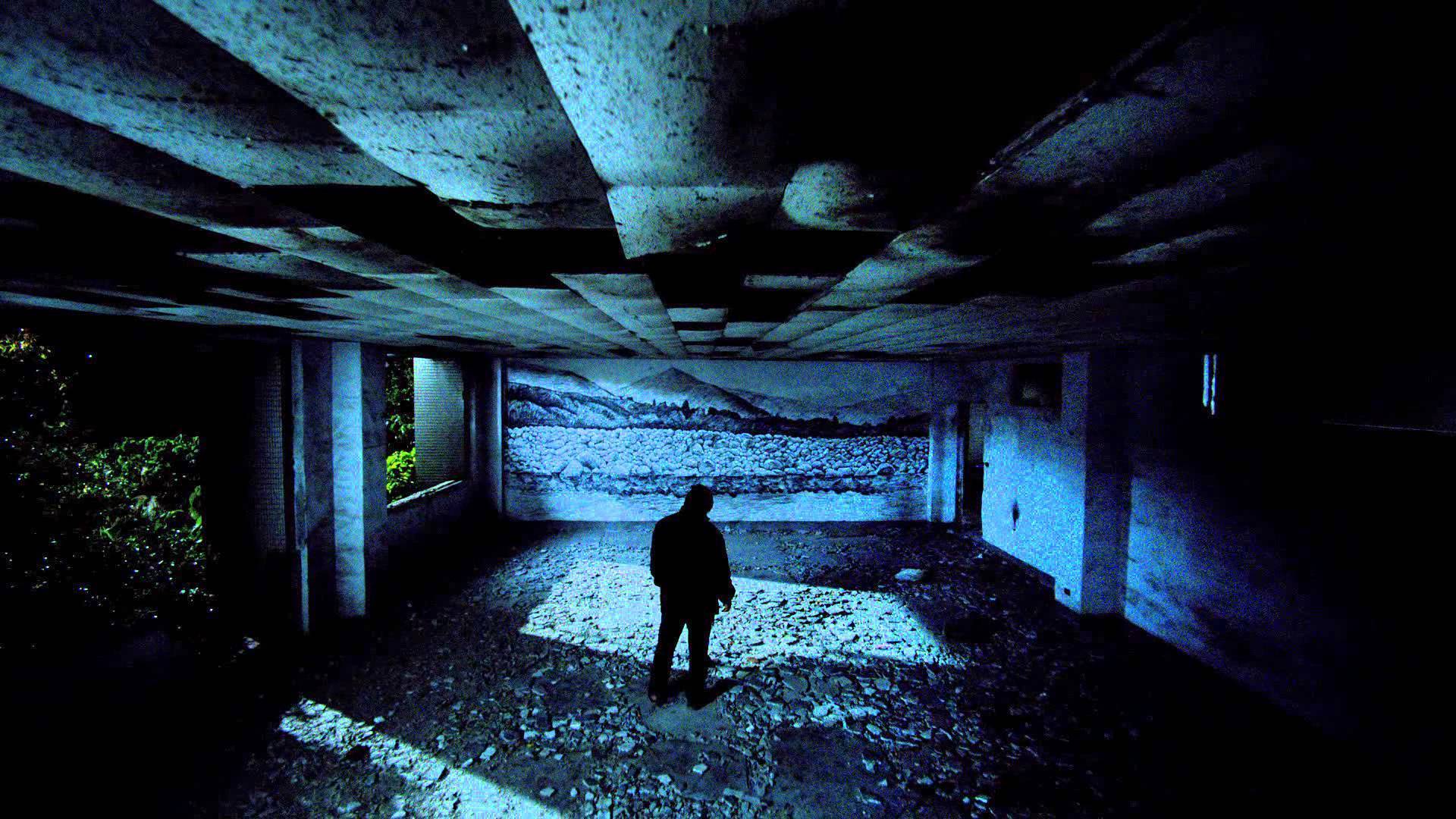
One of Tsai Ming Liang’s most pessimistic and minimalistic films, “Stray Dogs” also features great cinematography by Liao Pen Jung, Lu Ching Hsin, and Shong Woon Chong, in perfect harmony with the film’s style and aesthetics.
Liang mostly selected static and lengthy shots, which seem to perfectly fit the decaying and realistic atmosphere he wants to portray. In fact, every scene in this film aside from one is a single take, while he frequently alters between long shots and close ups.
17. The Eternal Zero (Takashi Yamazaki, 2013, Japan)
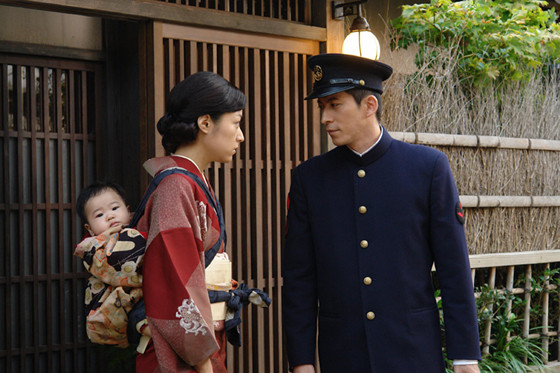
One of the best Japanese films of recent years, “The Eternal Zero” may have spawned controversy due to the presentation of its subject, but the fact remains that it is visually stunning.
Cinematographer Kozo Shibasaki and Takashi Yamazaki wonderfully implemented Toho’s large budget in order to present impressive images of the skies and seas, where dogfights and naval battles occur. The sequences of Pearl Harbor, the Battle of Midway, and the Bombing of Rabaul are evidence of this prowess, as the kinetic aerial cinematography works faultlessly.
16. Memories of Matsuko (Tetsuya Nakashima, 2006, Japan)
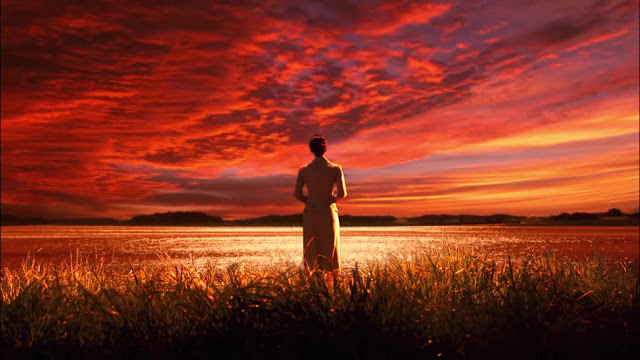
In a true extravaganza of images and colors, Tetsuya Nakashima and his cinematographer, Masakazu Ato, presented a film that is extremely beautiful in its hyperbole.
The style is excessive to the point of dizziness, but Nakashima also managed to infuse it with meaning and context that varies from extremely happy moments to extremely sad, as the colors match the mood of each scene.
Along with the occasionally frantic pace, the movie frequently functions as a video clip. However, the biggest trait of its cinematography is that it manages to retain its unique style, despite the fact that the setting is constantly changing.
15. Seven Samurai (Akira Kurosawa, 1954, Japan)
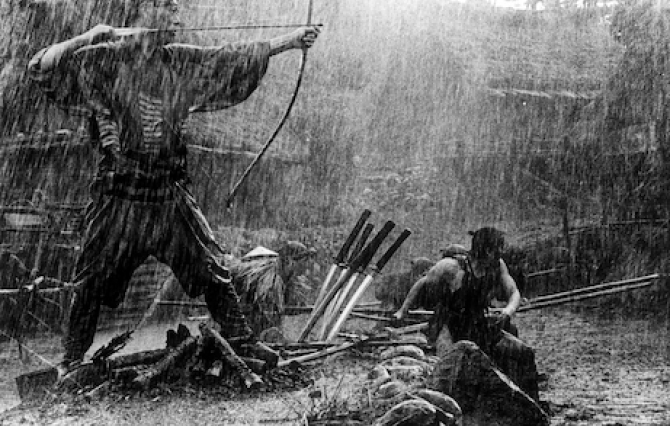
In one of the world’s greatest masterpieces, Akira Kurosawa, along with his cinematographer, Asakazu Nakai, managed to portray images of astonishing detail and elaborateness, which are chiefly evident in the action sequences.
The magnificent cinematography finds its apogee in the ending sequence, where the samurai fight the bandits. Kurosawa guides the camera splendidly, leading the spectator into the various places where the fighting occurs, letting them know how the battle unfolds while retaining the agony for the final outcome. When each of the sequences end, Kurosawa uses wide shots to stress that fact, and also to release the tension.
The use of a telephoto lens, along with the quick cutting, stresses the chaotic and claustrophobic feeling the scene emits.
14. Tokyo Story (Yasujiro Ozu, 1953, Japan)
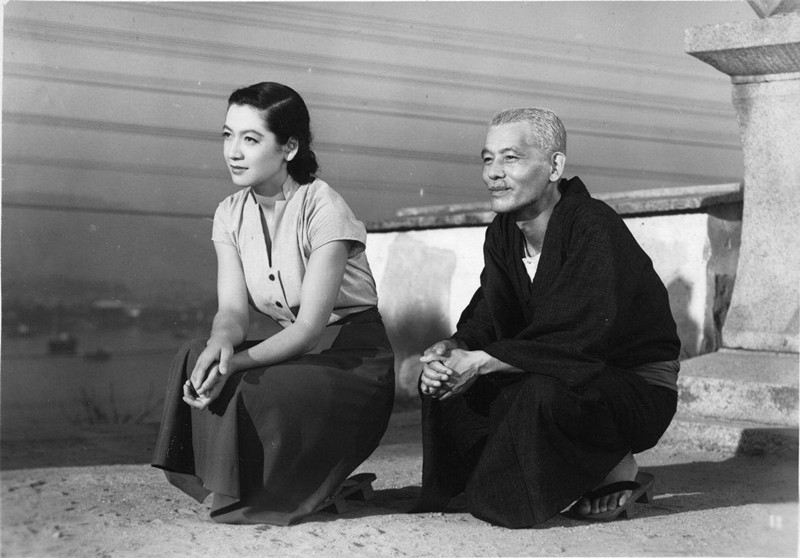
Yasujiro Ozu’s masterful style found its apogee in this film, which is considered one of the best films of all time, with the help of cinematographer Yuharu Atsuta.
There are three main characteristics of Ozu’s cinematography. The first is the placement of the camera three feet above the floor (the eye level of a Japanese person seated on a tatami mat) in order to eliminate space and make a two-dimensional space.
The purpose of this technique is to make the audience feel as if they are actually participating in the film, thus becoming more receptive to the characters.
The second is that he almost never moves the camera, since every shot is intended to have a perfect composition of its own. In fact, in “Tokyo Story”, it only moves once. The third is that, during the dialogues, Atsuta places his camera between the people conversing, to make the audience feel like they are standing in the middle of a conversation. All of these techniques are implemented with this film, in the most wonderful fashion.
Each shot in the movie is striking on its own, as Ozu manages to elaborately portray the relationship of the two protagonists, in one of the greatest family dramas of all time.
13. A Touch of Zen (King Hu, 1971, Taiwan)
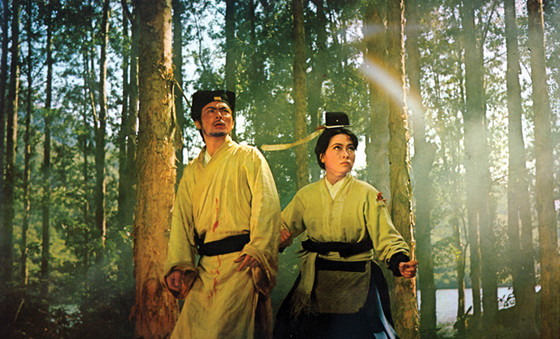
Probably the Wuxia film with the strongest cinematography, “A Touch of Zen” is hailed as one of the biggest epics of the category, a true masterpiece that stands apart, particularly due to its technical prowess.
This prowess is quite evident in the cinematography by Chou Yeh Hsing and Hua Hui Ying, which entails wonderful outside shots (in contrast to the similar productions by Shaw Brothers that focused on the depiction of the interiors, while ignoring the outside), with the environment and the characters’ interaction with it being some of the points of excellence.
Furthermore, the cinematography also excels in the action scenes, which are some of the most impressive of the genre, especially the one in the in the ruins and the two scenes in the woods.
12. Raise the Red Lantern (Zhang Yimou, 1991, China)
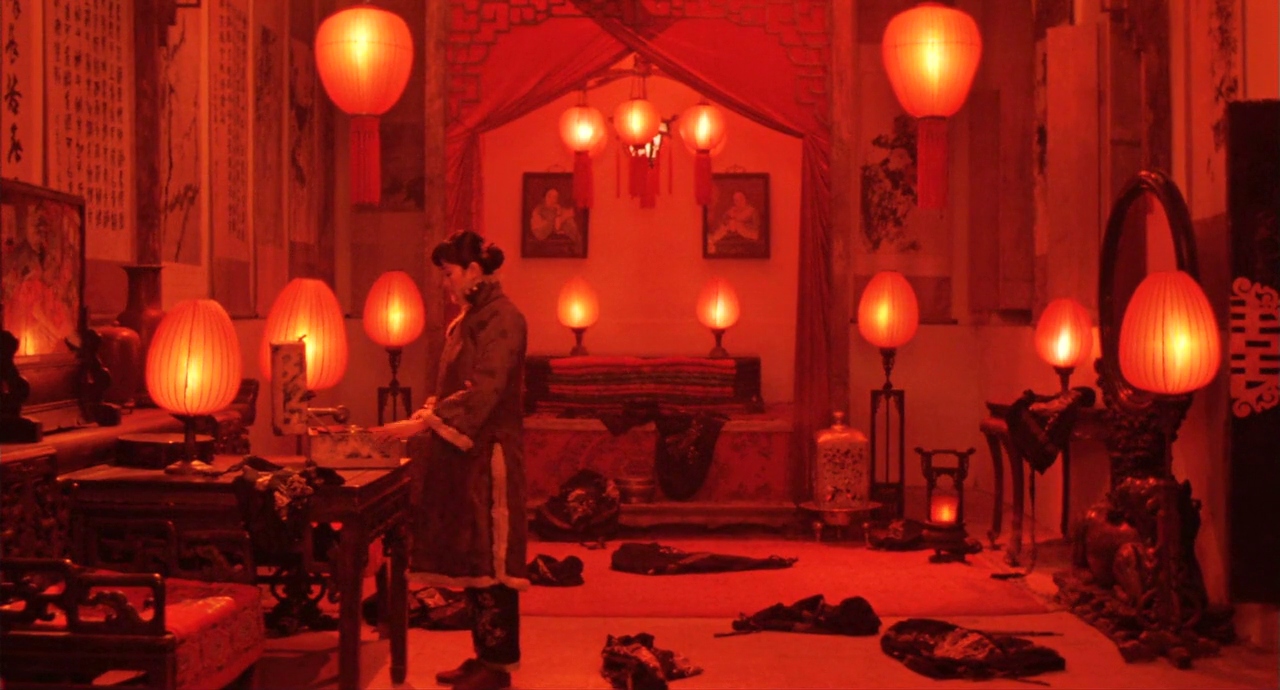
Zhang Yimou’s magnum opus features masterful cinematography with the cooperation of Lun Yang and Jiping Zhao.
The cinematography is actually a part of the story, mainly through the master shot of the central courtyard of the house, which is open to the sky, and features the wives’ apartments on both sides and the master’s in the end.
The passing of each season is witnessed through the state of this courtyard as it becomes filled with snow, or wet from rain, or bathed in sun. Furthermore, the interior of the house is ominously shot, in a clear parallel with Songlian’s plight.
Yimou used very bright colors through the Technicolor medium, with its usual richness of red being particularly evident in the titular lanterns.
11. Ran (Akira Kurosawa, 1985, Japan)
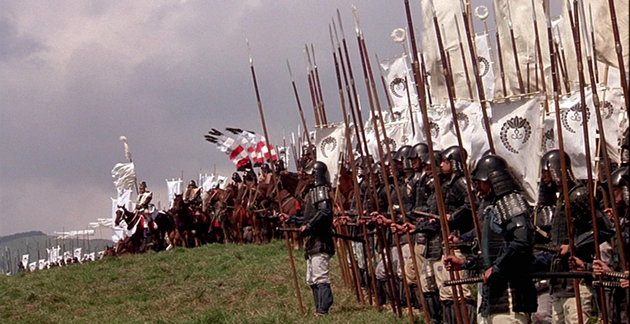
In another audiovisual poem by the Japanese master, “Ran” features astonishing cinematography through the techniques of Kurosawa and Asakazu Nakai, Takao Saito and Shoji Ueda.
The film highlighted Kurosawa’s ability to direct and simultaneously shoot a large number of actors. This trait becomes particularly evident in the scene where Jiro launches an attack on Saburo’s forces, with the latter retreating into the woods. Kurosawa almost exclusively used long shots through many static cameras, cutting between them.
This technique made even the key figures appear irrelevant, while the spectator cannot identify with them, but instead functions as a distant observer of the despair caused by war.
In a radically different scene, although equally elaborate, Kurosawa shows the blind Tsurumaru moving toward the precipice, almost falling over. This time he uses the camera to portray Tsurumaru’s loneliness, showing the barren world where he now resides, as he is placed somewhere in the middle of it. The very far long shot highlights Tsurumaru’s insignificance as he is reduced to just a detail of the scenery.